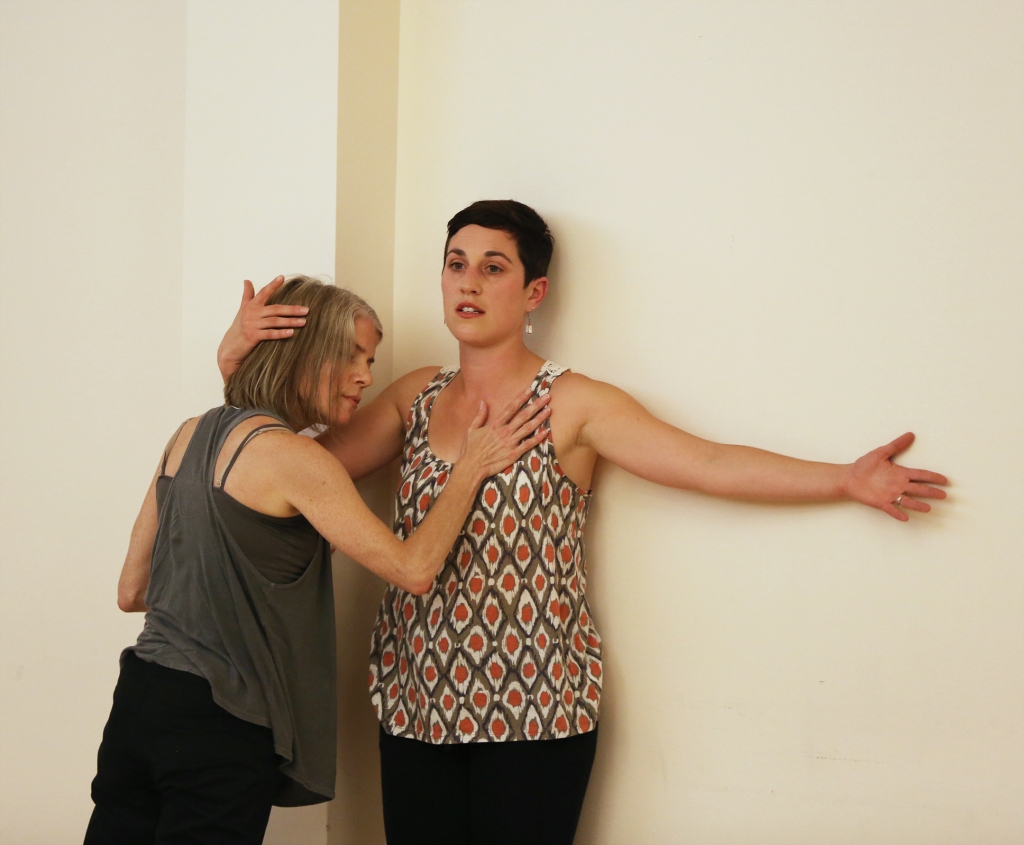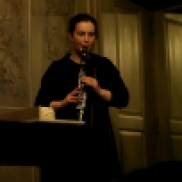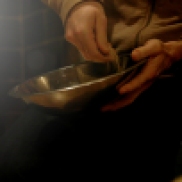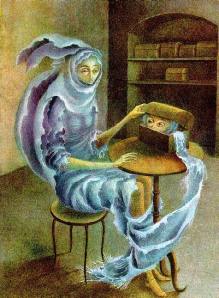On Sunday 2/23/20 , nine performers gather to explore spontaneous collaboration at UWM’s Serr Studio. This 22nd installation of Hyperlocal MKE is inspired by the vital connection that is galvanized in improvisation – the concept of nexus. Much like our hyperlocal mission, nexus elucidates how reciprocity designs our container; to make, share, and commune in the same moment both forms and shapes the experience. Spontaneous collaboration after years of practice reveals to us a simple notion. All we know and do mean nothing if not in intentional relation to our environment. As we move, sound, observe, react, sustain, interact, call and respond to each other, we cultivate connections that form idiosyncratic yet vital links. These links remind us that we are have different ideas, voices, influences, and ways of supporting others.
There is one special feature for this installment. We met for three jam /work sessions. This was less for solidifying a reproducible event, but more for honing our sensitivities to the way each performer translates ideas and feelings. Before every performance, we usually meet for one session – which is a furious storm of “who is where” and “what is the score”. We are much more relaxed this time. And we are usually pretty relaxed.
In honoring a tradition we sometimes call forth, I’ll share with you some prompts for our scores. Initially used for warm ups, these originated from Brian Eno’s Oblique Strategies. We have modified them as we wanted throughout our developments. Here are some nuggets: move at a different speed, two sides to a line, go slowly around the outside, cut a vital connection, find something comfortable and use it as an anchor, one dot at a time. Additionally, we’ll be playing with beginnings, identifying singular ideas and supporting them, and deep listening in quartets. I’ll close with this photo of Joelle and I from the first or second Hyperlocal performance in 2014. I think reveals the heart of what is vital in our improvisations- presence, vulnerability, tenderness, space, boundaries and connections. Joelle Worm has performed and contributed to the development of 21 of the 22 Hyperlocal performances (and so much more). She is a vital leader, coach, instigator, trickster, supporter, the first to say “yes” to everyone’s ideas, and also the first to break each and every rule. I am eternally grateful for her artistry, her dancing, her politics, and mostly her friendship.

Top Photo: Hyperlocal – Cohere from a performance at Hawthorn Contemporary Gallery. Pictured: Dan Schuchart, Alfonso Cervera (sitting), Mair Culbreth, Gabriel Adnes Maxwell, Maria Gillespie, and Katelyn Altmann.









You must be logged in to post a comment.